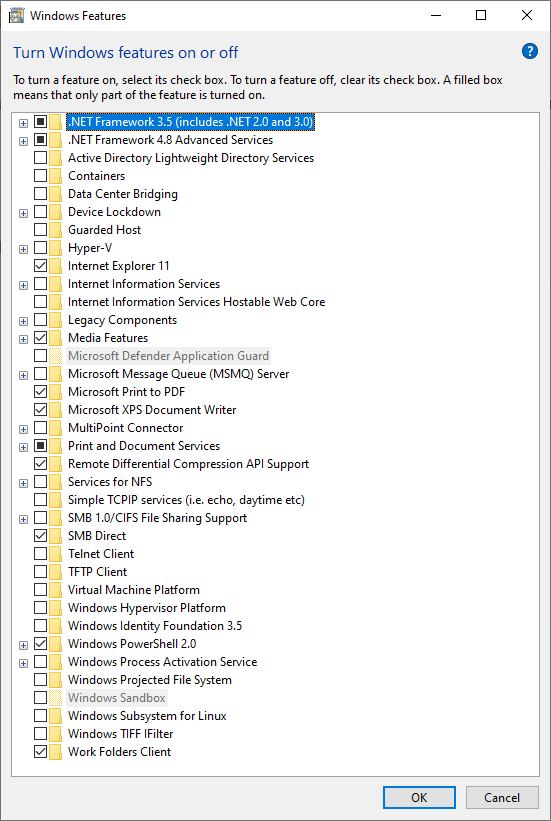Network-attached storage is great until it isn’t. When access to your files suddenly goes down, the fixes sometimes can be time-consuming, especially when related to a failed disk.
Fortunately, that’s not necessarily the case if you’ve just moved from Windows 8.1 (or older) to a newer version of Windows. If you’re encountering an error when trying to access your NAS over your home network, a file-sharing protocol issue is likely the problem. Some older NAS units use Server Message Block v1.0 as their network file sharing protocol—but Microsoft eventually disabled it by default for security reasons in Windows 10. The policy also carried over to Windows 11.
You can get around this incompatibility in a few ways, depending on your NAS’ manufacturer. The most ideal option is applying a software update that enables support for SMB v2 or higher, but not all vendors added this support. If that’s the case, you can try enabling NFS, an alternative protocol, in both your NAS’ management interface and in Windows.

PCWorld
If neither of these solutions work, as a last-ditch option, you can turn SMB v1 support back on—but you’ll also introduce your PC to notable security risks. (You can read more about them in this clear and impassioned explanation of those risks from a Microsoft employee.) SMB v1 is old and weak enough against threats in Windows 11, Microsoft is in the process of removing the support all together. If you really want SMB v1, you’ll have to seek out and install the files manually.
Should you find yourself in a position where only SMB v1 will work and are a security-minded person, unfortunately, your best solution is going to be upgrading your NAS and investing time into that data migration. But hopefully you’re not in this boat and can instead focus your energy on nifty things you can do in your new version of Windows.




